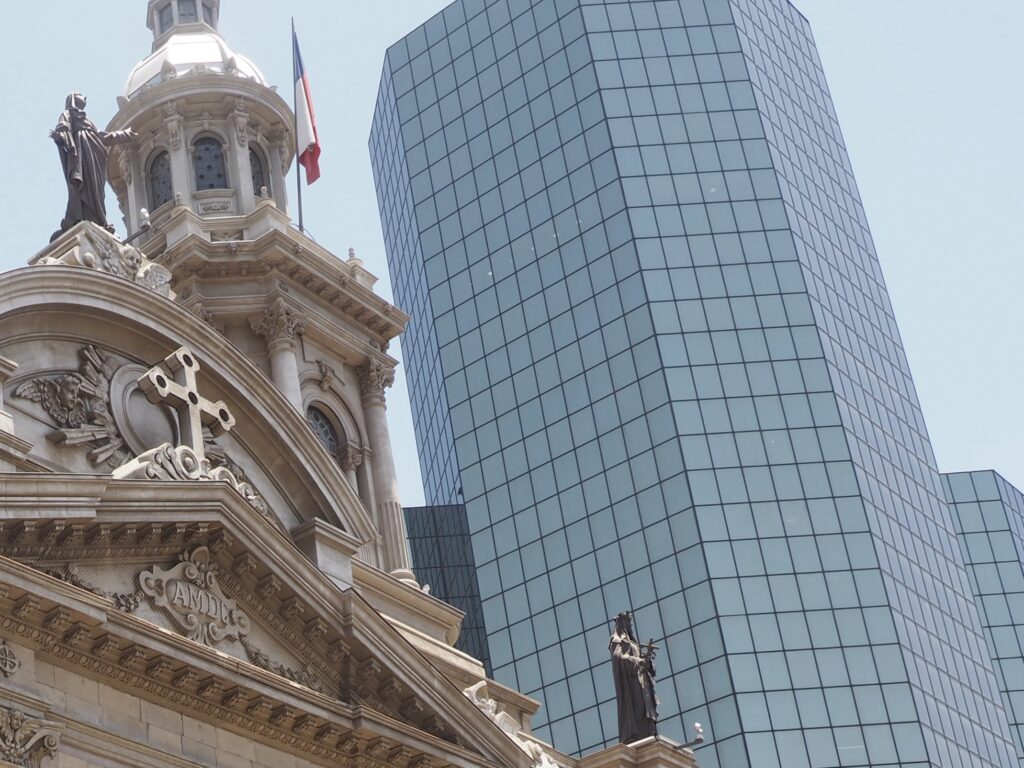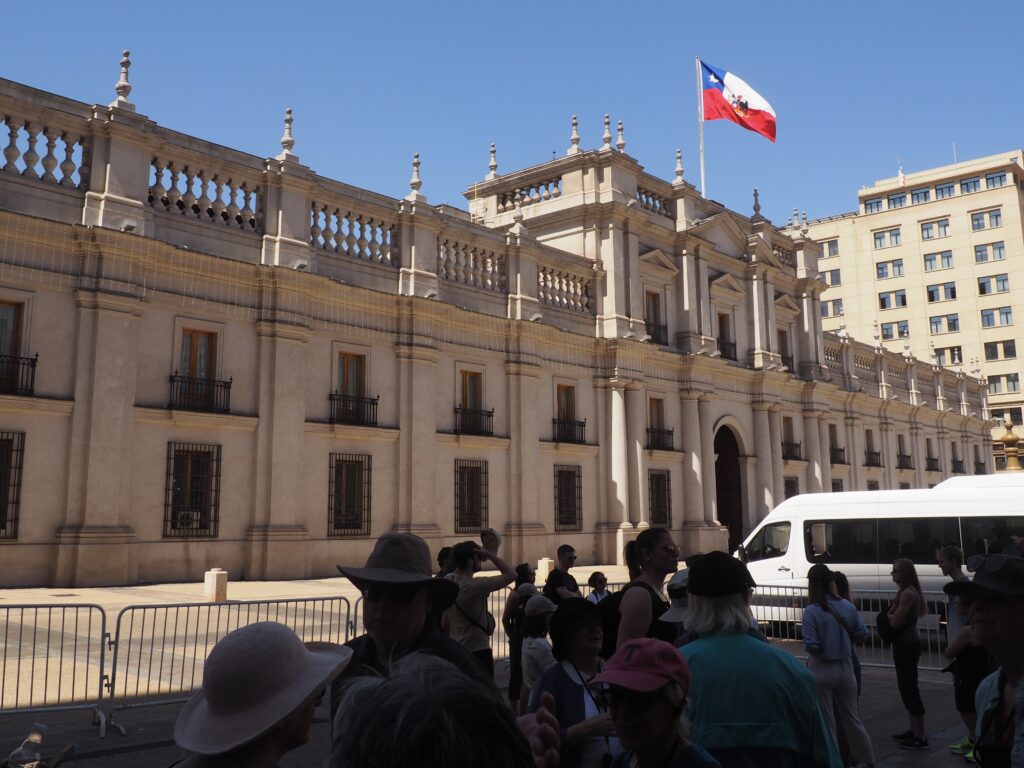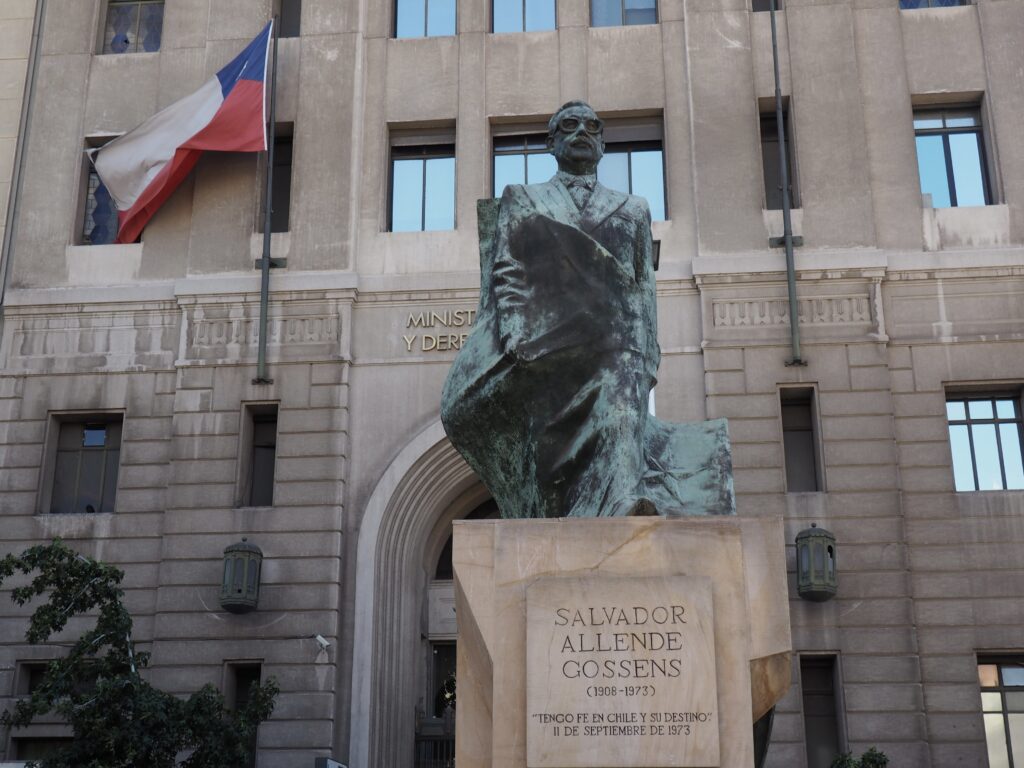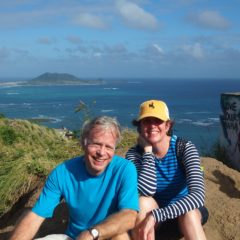
Chile is a country of major earthquakes and great changes, many in recent years, making us question the wisdom of the old saying “the more things change, the more they stay the same.” We experienced a minor quake during our stay with just a bit of swaying on the 13th floor, although enough to send others in our group rushing down the stairwells. We were surprised that this was a first for our Argentine guide, although it’s in Chile that the toughest standards for construction prevail, for good reason.


The US supported coup led to a very harsh 17 year military dictatorship (with plenty of “disappeared” people) which ended when General Pinochet consented to a plebiscite, and lost. What has followed has been a stable democracy with a vigorous, inflation free economy, the electorate evenly split between those who would be more rightist and those who would be more leftist, none apparently having an appetite for pushing further in either direction. Chile is a more or less pure capitalist country, with no social safety net, currently provoking resentment that the government is providing social support to a very large wave of immigration from the more troubled countries in our hemisphere, primarily Venezuela. Very serious riots and mass demonstrations in 2019 and 2020 were the consequence of the extreme disparities in living conditions generated by such an unforgiving capitalist system, dampened by the pandemic and currently in a state of calm. Indeed, our local guide Ivan, whose family went into exile after the coup when his Air Force officer father resigned his commission in protest, believes the pandemic saved his country from civil war.








Having spent a week here around 1980, Jim recognized nothing except the mountains, as the city has doubled in population in that time (to roughly 7-8 million or 40% of the country’s population) and spread out to those mountains. Gone were the lovely 19th century shopping arcades, everyone out walking with an ice cream cone in the late afternoon, looking forward to dinner at 11, and uzi toting men most everywhere. It’s now a bustling modern city with South America’s tallest skyscraper (in a country where doctors don’t need malpractice insurance, but architects do).





Having barely 48 hours in Santiago and its environs, we were fortunate to be able to visit two exceptional small museums of Latin American antiquities, which had been private collections. We were especially grateful for the chance to see the extraordinary pre-Colombian textiles and feather work, as the Andean region has produced some very unusual and wonderful work. Knotted strings, of course, comprised the written language of the Inca.




Although collected from across America, much was local, such as these Mapuche statues. Per the helpful English language signage: “These remarkable wooden statues were placed on top of tombs in ancient Mapuche cemeteries. They reflect the spirit (am) of those buried there and are intended to assist them in their journey to the afterlife. Chiefs and great warriors were sent to the East after death, to roam among the volcanoes of Kalfumapu, the ‘blue land.’ All others went to the West, to eat bitter potatoes beyond the sea.”



Our last stop in Chile and our adventure into Patagonia was an old winery where roses are planted at the ends of the rows as wary sentinels, like sacrificial canaries watching over the vines.
Then, renewed with a sense of wonder, it was off to the airport for an overnight flight to the other ends of the earth where Christmas in the chill north awaited us.

